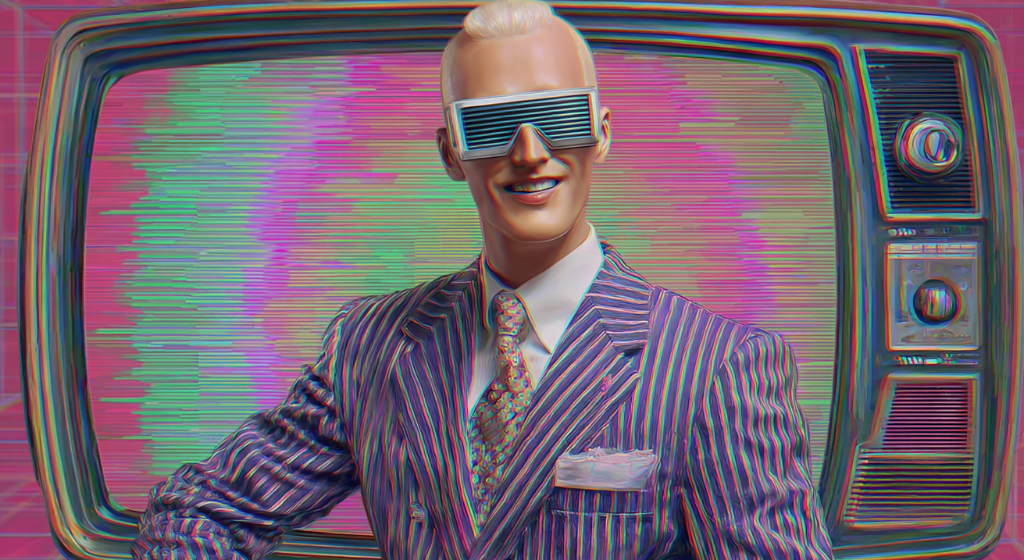
Bloo, a popular AI-powered VTuber created by YouTuber Jordi van den Bussche, exemplifies the rapid rise of AI-generated content on YouTube, where tools like ChatGPT and Hedra are enabling a new era of faceless creators, automated videos, and growing concern over originality, quality and digital authenticity. (Source: Image by RR)
Faceless Channels Like “GoldenHand” Earn Thousands From AI Storytelling
One of YouTube’s newest stars isn’t human at all. “Bloo,” a blue-haired, bright-eyed virtual YouTuber created and powered by AI, has captivated millions with content centered on games like Minecraft, GTA, and Roblox. With 2.5 million subscribers and over 700 million views, Bloo represents the cutting edge of a booming VTuber movement—where creators use AI-generated avatars and automation to engage massive online audiences. Bloo was created by Jordi van den Bussche, a longtime YouTuber known as Kwebbelkop, who turned to AI after burnout from the relentless pace of content creation. “The flaw in the system is the human,” van den Bussche explained, “so the solution was to remove the human.”
Bloo’s success, as noted in cnbc.com, hinges on a hybrid AI-human model. While a human still controls the avatar in real time via motion capture and voice performance, much of the supporting infrastructure—thumbnails, dubbing, scripting—is handled by AI systems like ChatGPT, ElevenLabs, Claude and Google’s Gemini. Van den Bussche aims to fully automate Bloo in the future, but early tests show fully AI-generated content still lacks the creative intuition of human creators. He sees a future where AI will take over once it becomes better, faster, and cheaper—but that moment hasn’t quite arrived.
Startups like Hedra are accelerating toward that future. Hedra’s Character-3 software allows creators to design fully animated AI characters with voice and dialogue capabilities in real time. Already adopted by creators like Jon Lajoie and virtual pop artist Milla Sofia, the platform enables high-quality, AI-generated video without traditional production costs. Even major tech players like Google are pushing into the space with tools like Veo 3, raising both possibilities and red flags. These tools promise democratized content creation—but also threaten an IP crisis, as many creators remain unaware that their videos may have been used to train the very AI now replacing them.
The rise of “faceless” AI YouTube channels underscores both the opportunity and risk of this shift. Creators like “GoldenHand” produce dozens of AI-generated videos daily without ever appearing on camera—some channels earning thousands a month. Yet critics worry that a flood of low-effort, algorithmically generated content—dubbed “AI slop”—is overwhelming platforms and diminishing creative value. While AI-generated content isn’t inherently bad, experts warn that its sheer volume and ambiguity blur the lines between what’s human and what’s machine-made. Still, as long as demand exists, creators say the trend isn’t going anywhere.
read more at cnbc.com

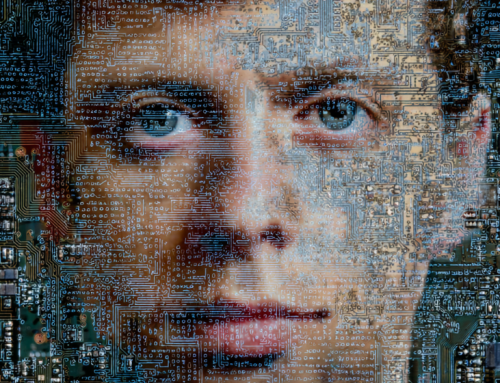
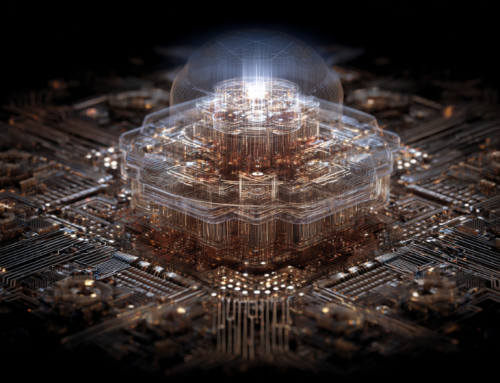
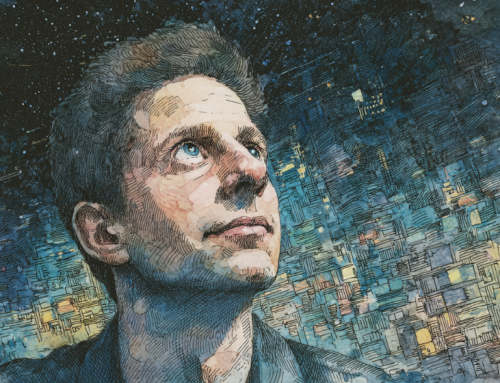
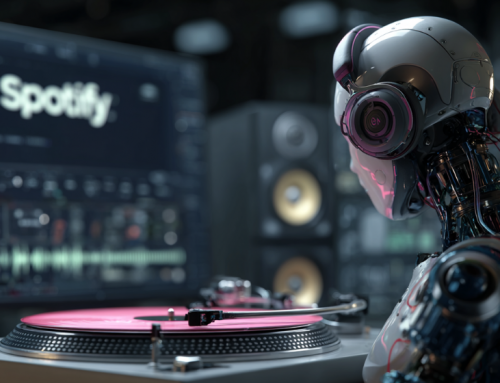
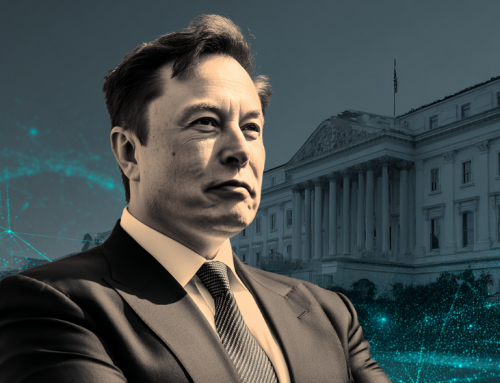

Leave A Comment